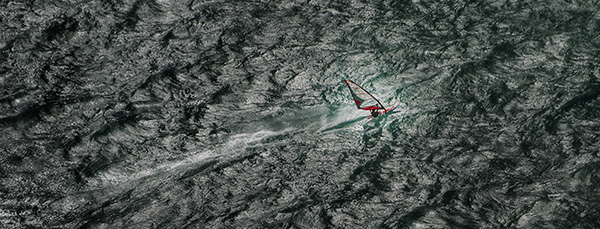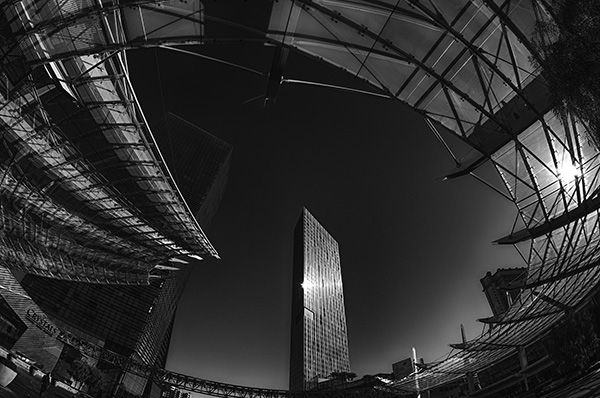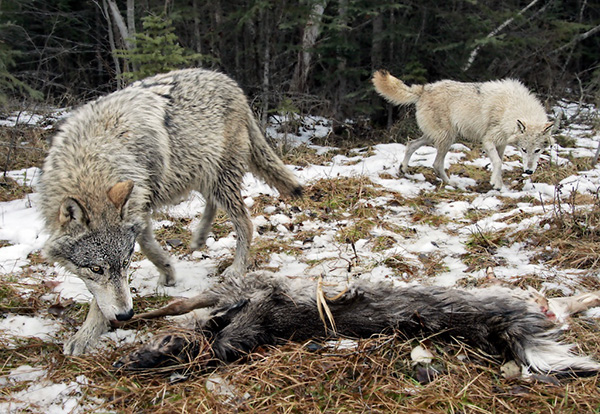Photographic Basics: Point of View

When I first started taking photography seriously, I simply recorded what happened in front of me. If opportunity struck, I pressed the shutter button. And there’s nothing wrong with that, especially if you’re a straight-up photojournalist or documentary photographer.
But if you’re moving toward art, illustration, editorial, etc., you need to think about making a photo, not just taking one. One way to do that is to consider standard design principles, and perhaps one of the most important is point of view.
When you have mastered point of view, your subject will own the photo and as a photographer, you will become nonexistent. That’s what all good photographs do; they transport viewers to a moment in time and they get lost in it. If we can disappear as photographers, we’ve done our job.
When you make a photograph, the viewer sees what you see, so your point of view is crucial. It goes further than that. Where you place the camera, relative to the subject, can create a story in and of itself.
Take the photograph used at the top of this post. The subject is a baby mountain lion (also called a cougar or panther). It’s sitting just outside its den and is about six weeks old. In six months, he will be almost 3′ tall and weigh in at about 125 lbs. He’s going to grow up to be powerful and fierce, but when you see him at six weeks, he looks like a cute little kitty. By shooting up on him, putting the camera lower than the eyes, I give him power. I make him look more regal. The point of view of the camera impacts how the image is perceived. Had I shot down on him, say while he was on the ground and I was standing, he would have looked like a little kitten. The camera and photographer’s point of view is something you want to think about when you’re designing a photo.
In the photo of the surfer, I’m shooting from a helicopter. The high-up point of view gives the viewer more context than would a photo made at water level. The angle you shoot from can have a great deal of impact on point of view.

Your point of view also changes with your angle of view. That means your lens choice can make all the difference. I made this photo a few years ago at the Aria in Las Vegas’ City Center. It was shot with a fisheye lens. It lets the viewer take in the entire surroundings in a way that a longer lens simply can’t. If I had shot this with a long lens, it would automatically have a narrower field of view, which would impact how the viewer sees the photo in a profound way.

Some people end their discussions on point of view where I started it—point of view being where the camera/photographer is located. But I’ll briefly touch on another point of view to consider; that’s the subject’s point of view. To illustrate the subject’s point of view, you need to get next to or as close as possible to your subject. If the subject is standing up, you’re standing up. If your subject is low, you’re low. In the photo below, I used a wide-angle lens placed just inches from the deer carcass to show the two young wolves circling their kill. (Don’t try this at home!) It gives a perspective on the powerful life and death situation the deer found himself in, and illustrates how the strong survive, i.e., the wolves. When you consider your subject’s point of view, you open up brand-new possibilities in every image.

Hopefully this short post has you thinking more about where you place your camera and what story you want it to tell. Remember, change your camera position to get different angles and points of view. Look up, look down, look all around to cover all your bases.
ALL PHOTOS BY SCOTT BOURNE

